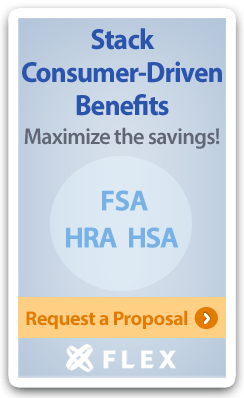Benefits Buzz
Advancing HSA Funds

While we continue to hear about the rapid growth of Health Savings Accounts (HSAs), there is one feature about Health Flexible Spending Accounts (Health FSAs) that keeps some employees enrolled in this type of consumer-driven account (CDA). That’ s the uniform coverage requirement of Health FSAs.
Health FSAs require the employer to make the entire annual election available to employees at the start of the plan year. This is referred to as uniform coverage. HSAs, on the other hand, don’ t have a uniform coverage requirement. Only the funds that have been contributed to date are available for the employee to use with an HSA.
This is an area where some employers are becoming more creative with their HSA. Those employers wishing to increase their HSA enrollment and/or offer an enhanced benefits package are advancing funds to their employee’ s HSAs. This concept is simple, gives the appearance of uniform coverage, and may be very appealing to employees.
Let’s assume an employee wanted to put $2,400 into their HSA and the employer had 24 pay periods. Using a traditional funding mechanism, the employee would have $100 withheld from each paycheck and put into their HSA. The HSA balance would accumulate over time and at the end of the year, the employee would have $2,400 in their account (assuming there were no withdrawals).
With advancing, the employer would contribute $2,400 to the employee’s HSA at the start of the year. The employee would still have $100 withheld from each paycheck, but the withholding would be retained by the employer. The employee pays back the advanced contribution under this method.
It should be noted there are some risks to the employer. Most notably would be an employee who received an advanced contribution and terminated their employment prior to paying the employer back. Employers can generally recoup any outstanding amounts owed on an employee’ s final paycheck, but if the outstanding balance exceeds the amount of the final paycheck, the employer will be on the hook for that amount of the advancement.
One way to reduce the above-mentioned risk is to limit the amount of the advancement. For example, an employer may only allow for advancements of up to $1,000. And for most employers, even if there are losses attributed to the advancements, these losses are offset by payroll tax savings.
HSA contributions avoid Medicare and Social Security taxes that employees must pay and employers are required to match. When taking into account HSA contributions made by all employees, the payroll taxes avoided are likely to exceed any potential losses from the advancements.
Advancing HSA contributions isn’t for everyone, but it’s most certainly something employers should evaluate and consider.
Do you have a question about HSAs?

